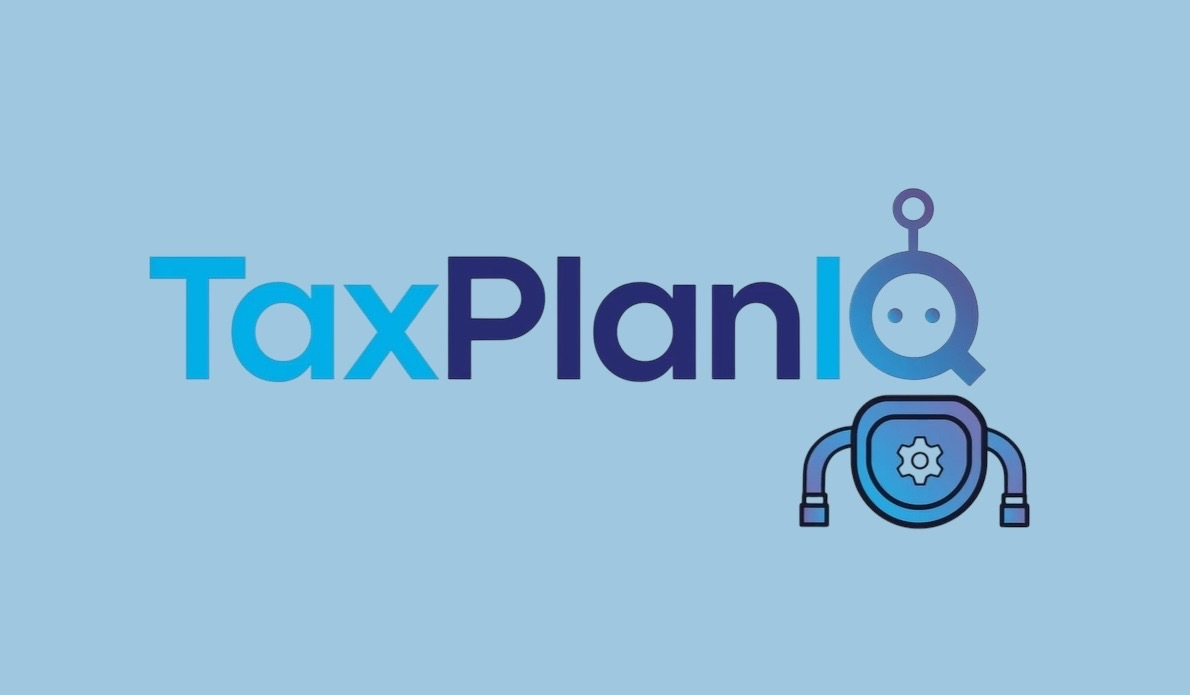Most people do not enjoy preparing taxes, filing taxes, or meeting with accountants. For small business leaders, it is their #2 dreaded task, only ranking below making cold calls, according to an Adobe small business survey.
But taxes can be a small business owner’s biggest expense. Think about it — between federal and state taxes, a small business owner will pay anywhere from 20-30 percent of their income on average. Considering that 41 percent of small business leaders reported seeing decreased revenue last year, most can’t afford to not focus on minimizing tax costs.
My advice? Meet with accountants at least two-to-three times a year and ask about these five things (and 20 more at the link below) that will potentially create big cost and time savings.
1. Saving by buying equipment, furniture, and computers. Businesses that are eligible can write off up to $1M of capital expenditures (equipment, computers, machinery, etc.). Under Section 179 of the tax code, small businesses receive a deduction immediately and finance the costs instead of paying right away.
2. Saving through innovation. Some small businesses qualify for the Research and Development Tax Credit. It can be used for developing or improving a product or process, particularly if the process involves chemistry, engineering, or software development. There is a calculation that must be performed and since it can be complex, accountants may recommend an outside firm. Remember, this is a credit, not a deduction. That means businesses can offset the amount against taxes owed. Even if they do not owe any taxes, they can carry it back or forward.
3. Saving by hiring family. Some small business leaders can put their children on payroll and take a deduction for the cost if the child has no other income. The child may not even have to file a tax return depending on how much is earned. A middle school or high school child that can perform legitimate services (filings, moving, paperwork, data entry) can be put to good use. They can learn a few good work practices and earn a few bucks for their savings.
4. Saving on bad receivables and inventory. Small businesses should be diligently writing off bad receivables and inventory. Show accountants the businesses’ receivables ledger and walk them around inventory. If there are receivables hanging around for more than 90 days, then write them off in the books. The same goes for old inventory — dispose of that stuff. They can’t be deducted until they are removed entirely from the books and premises.
5. Saving for higher education. Small business leaders can start a 529 plan for themselves and their employees. Available in all states, this plan helps put after-tax money away into a savings account. It will grow tax-free to be used for higher education expenses such as tuition, room, board, books, and many other related items. Check with an accountant for a recommendation.
Taxes eat up a giant share of small business profits, but with the right planning, there are steps that can minimize expenses and produce more savings. For my other 20 tips? I share these — and more — in this virtual presentation.
======
Gene Marks owns and operates the Marks Group PC, a highly successful ten-person firm that provides technology and consulting services to small and medium sized businesses.
Take the hassle out of personal tax prep
Are you looking for ways to simplify and maximize personal taxes? Here are a few more ways to get the biggest bang for your buck.
1. Saving on home office equipment. Those with a side hustle or small business might qualify for home office deductions if it is the principal place of business, meeting location, or a separate structure. It should be exclusive and regular, so not a bedroom. The deduction can be based on actual expenses, to include utilities, internet, etc. The easiest option is the “simplified method” that deducts up to $5 per square foot (maximum 300 square feet) based on the square footage that the office occupies in the house.
2. Saving on retirement. Maximize 401(K) plan and IRA contributions. As of this year, qualified individuals can put up to $20,500 into their 401(K) plan and another $6,000 into an IRA plan. Employees whose employer matches contributions can put as much as $61,000 into their 401(K) plans. Don’t forget after-tax plans like a Roth IRA or 529 plan. With these, even though contributions are after taxes, they will grow tax free.
3. Digitize your documents. Tax prep can be a lot easier and less time consuming with digital technologies like Adobe Acrobat. Easily gather and organize paper and digital tax documents in a snap, combine them into one PDF, and access them in one place. The free Adobe Scan mobile app is another option that turns paper documents like W2s into digital files. It is also easy to highlight and add notes directly to tax documents with Acrobat Chrome and Microsoft Edge browser extensions. Finally, add password protection to share tax documents securely and confidently.
Thanks for reading CPA Practice Advisor!
Subscribe Already registered? Log In
Need more information? Read the FAQs




